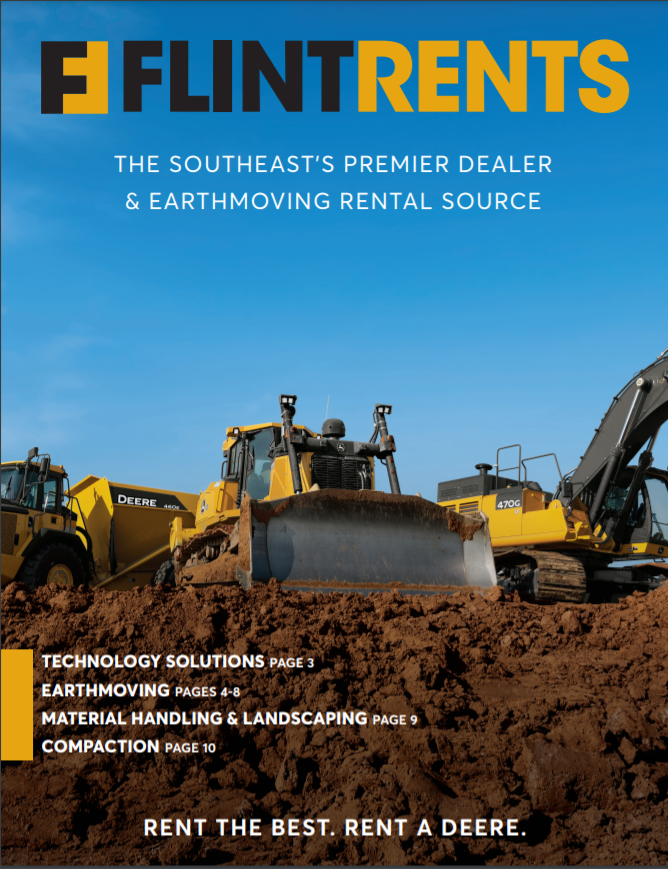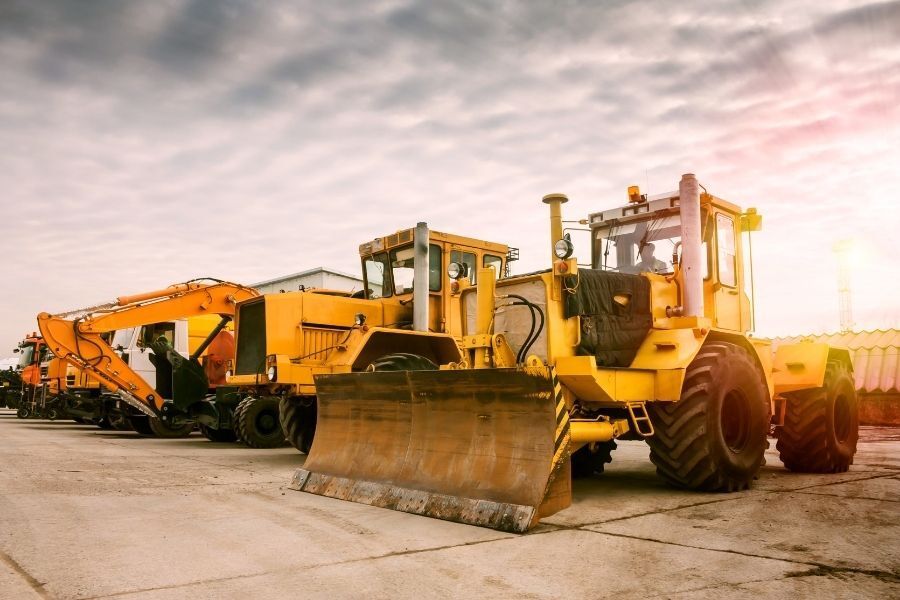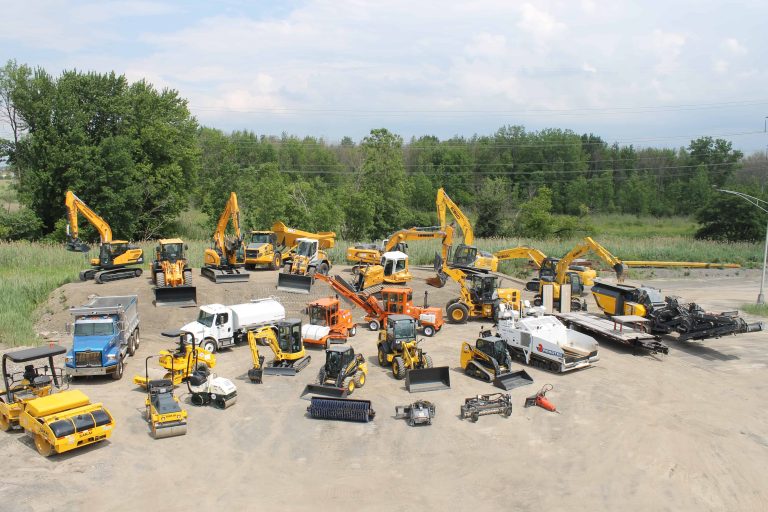Boom Lift Rental: Inexpensive and Dependable Lifts for Any Kind Of Task
Boom Lift Rental: Inexpensive and Dependable Lifts for Any Kind Of Task
Blog Article
Maximize Your Budget Plan by Recognizing the Prices Related To Construction Equipment Leasings
Recognizing the full range of prices associated with building tools services is important for optimizing your spending plan. What techniques can be utilized to properly manage these costs and guarantee an extra reliable rental experience?
Review of Rental Expenses
When considering building and construction equipment services, understanding the linked costs is critical for effective budgeting and job planning. Rental expenses can differ considerably based upon several variables, including tools type, duration of service, and location. The preliminary rental cost typically mirrors the equipment's market need and its associated operational capacities, influencing the general expenditure.
Along with the base rental rate, secondary prices may arise, such as transport fees, fuel additional charges, and upkeep charges. It is vital to account for these extra expenditures to accurately evaluate the complete price of renting equipment. Moreover, the rental duration can impact pricing; longer leasings might get affordable rates, while short-term rentals may sustain greater day-to-day costs.

Malfunction of Rental Rates
An extensive understanding of rental rates is important for contractors and project supervisors intending to enhance their budgets. Rental rates for building and construction tools normally include several components, consisting of base rates, time-based charges, and use fees.
Base prices are the core fees related to the rental of the tools, usually established by the kind and size of the equipment. These rates can vary dramatically, affected by factors such as tools need, availability, and local market patterns. Time-based charges, which might be daily, weekly, or monthly, serve to suit different project timelines and rental periods.
Additionally, rental prices may include use fees, which are applicable when tools is used past a specified limit, making sure that the rental company can make up deterioration. Seasonal need changes can additionally impact rental prices, with peak building periods usually regulating higher rates.
Furthermore, recognizing the rental company's plans regarding maintenance and insurance policy can offer additional insight into the total cost structure. By assessing these components, specialists can make informed decisions, making certain the selection of rental devices straightens with both project demands and spending plan restraints.
Added Fees to Consider
Understanding the ins and outs of extra charges is critical for contractors to manage their overall rental expenses effectively. Beyond the basic rental rates, various supplemental fees can substantially affect the overall cost of equipment rental. These fees frequently include delivery and pickup charges, which can vary based upon range and logistics involved in moving the devices to and from the job website.
Furthermore, some rental business might impose gas additional charges if the tools is returned with much less gas than when leased. It is additionally crucial to understand potential cleaning costs, especially for specialized devices that calls for thorough maintenance after use.

Thoroughly reviewing the rental contract and making clear these additional costs ahead of time can assist contractors avoid unforeseen costs and make certain that spending plans stay undamaged throughout the project lifecycle.
Repair And Maintenance Expenditures
Routine maintenance and repair costs are commonly overlooked factors that can dramatically influence the general cost of construction equipment services. When leasing equipment, it is crucial to think about not just the rental costs but additionally the potential costs connected with maintaining the machinery in optimal operating problem.
Lots of rental business consist of standard upkeep as part of the rental contract; however, a lot more unanticipated failures or substantial repairs can cause extra expenditures. It's necessary to assess the rental contract thoroughly to understand what upkeep solutions are covered and what duties fall on the occupant.
Furthermore, equipment that is not properly maintained can cause inadequacies at work site, possibly boosting and causing delays job expenses. To mitigate these risks, it is suggested to perform routine inspections and keep open interaction with the rental supplier concerning any kind of see this here concerns that arise during usage.
Insurance and Liability Prices
Insurance and responsibility prices are vital parts that can dramatically impact the total expense of building tools services (mini excavator rental). These expenses guarantee that both the rental business and the client are shielded from potential financial losses occurring from mishaps, damages, or burglary throughout the rental duration

Additionally, clients need to recognize any type of deductibles or exclusions in the insurance coverage policy, as these can influence prospective out-of-pocket expenditures. Recognizing the terms and conditions of any kind of insurance policy protection is vital to avoid unanticipated prices. Ultimately, budgeting for insurance coverage and obligation expenses can aid ensure a smoother rental experience and shield versus monetary threats connected with building jobs.
Conclusion
In verdict, an extensive understanding of the prices connected with construction tools rentals is vital for efficient budget management. Inevitably, informed decision-making regarding tools rentals adds to the general success of building ventures.
Rental costs can differ considerably based on numerous variables, consisting of tools type, duration of leasing, and place (rental company near me). The rental duration can influence rates; longer services may certify for reduced prices, while temporary rentals could incur higher day-to-day charges
By performing thorough research study and engaging with respectable rental business, view publisher site professionals can properly navigate the intricacies of rental pricing, eventually optimizing their economic sources.
Past the conventional rental prices, numerous supplementary fees can substantially impact the total cost of tools service. Rental firms usually provide responsibility insurance coverage that covers injuries to 3rd parties or damages to property, while equipment damages insurance coverage can cover the cost of repair work or substitute if the leased equipment is damaged.
Report this page